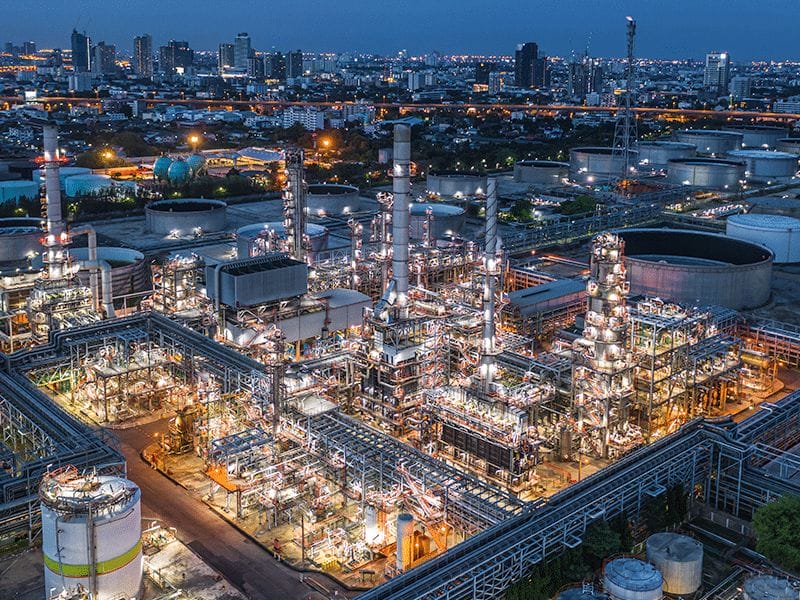
Risks Associated With Unproven Technology
Chris Payne (Product and Applications Support Manager) explains why trust and reliability are particularly important in the fixed gas detection market.
PERFORMANCE SPECIFICATION
A wide range of standards apply to the gas detection market. These standards specify the requirements for different types of gas detectors in different environments. For example, very strict requirements exist for detectors deployed in potentially explosive atmospheres. Standards also dictate the required levels of sensitivity, range and measurement uncertainty. However, the accuracy performance requirements of gas detectors are less stringent than those required of gas emissions analysers, for example. This is because emissions analysers are used to check compliance against environmental limits for individual gas species, whereas gas detectors are most commonly used to detect a wide range of gases, for safety purposes.
CERTIFICATION
VOC detectors are most likely to be located in spaces where potentially hazardous or explosive gases may accumulate. All instruments should therefore be available with appropriate ATEX certification. Ideally, they should also benefit from IS and ExD certification, which means that it can be serviced in a hazardous environment without using a hot work permit. Similarly, where deployment is likely to be exposed to harsh weather conditions, instruments should possess an appropriate IP rating.
”In common with most other markets, cheap alternatives to established brands are always available, but when it comes to gas detectors, we firmly believe that the risks associated with unproven instruments should be assiduously avoided.
Chris PayneProduct and Applications Support Manager
Download our FREE Guide
“Risks Associated With Unproven Technology”
The following guide provides the reader with knowledge on what to look out for when purchasing a fixed gas detection instrument. Covering key aspects such as performance specification, sensitivity and measurement range, temperature, contamination and humidity tolerance, flexibility and certification.














 United Kingdom
United Kingdom






